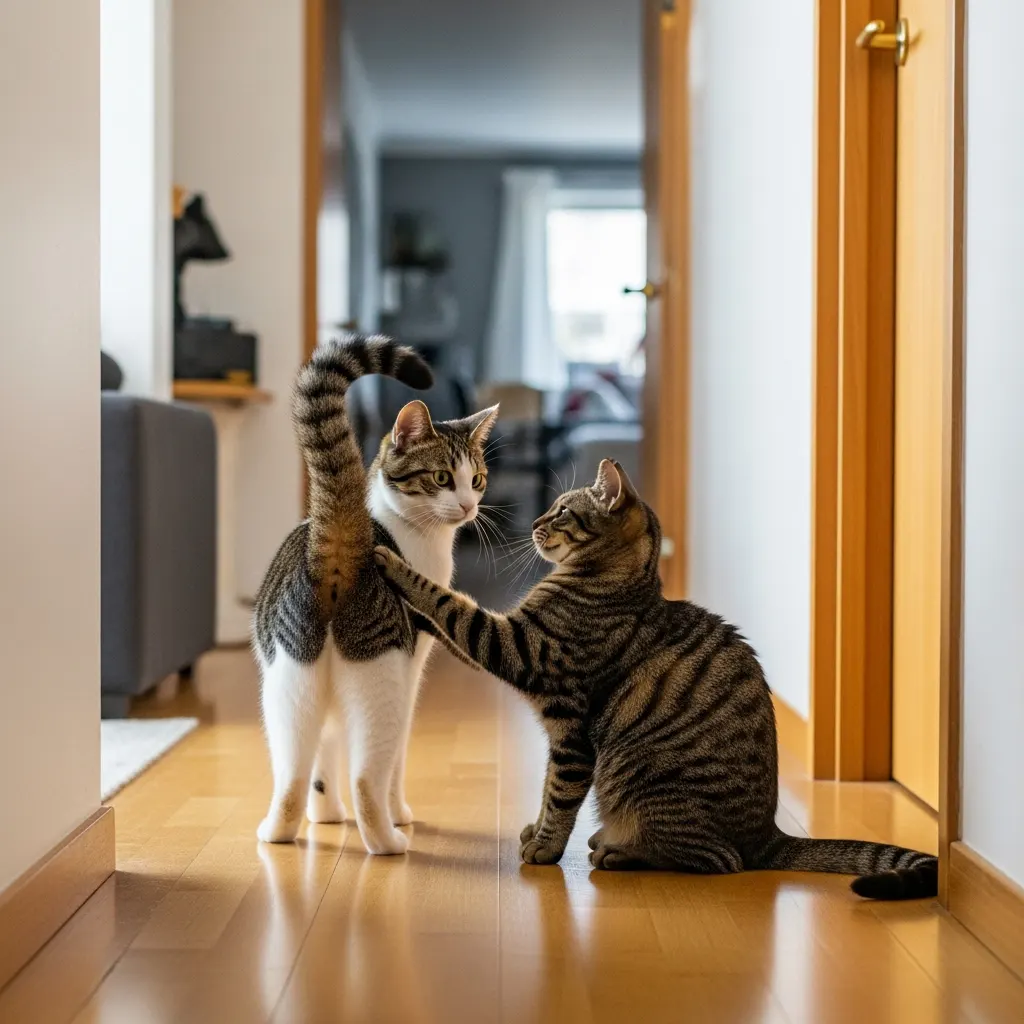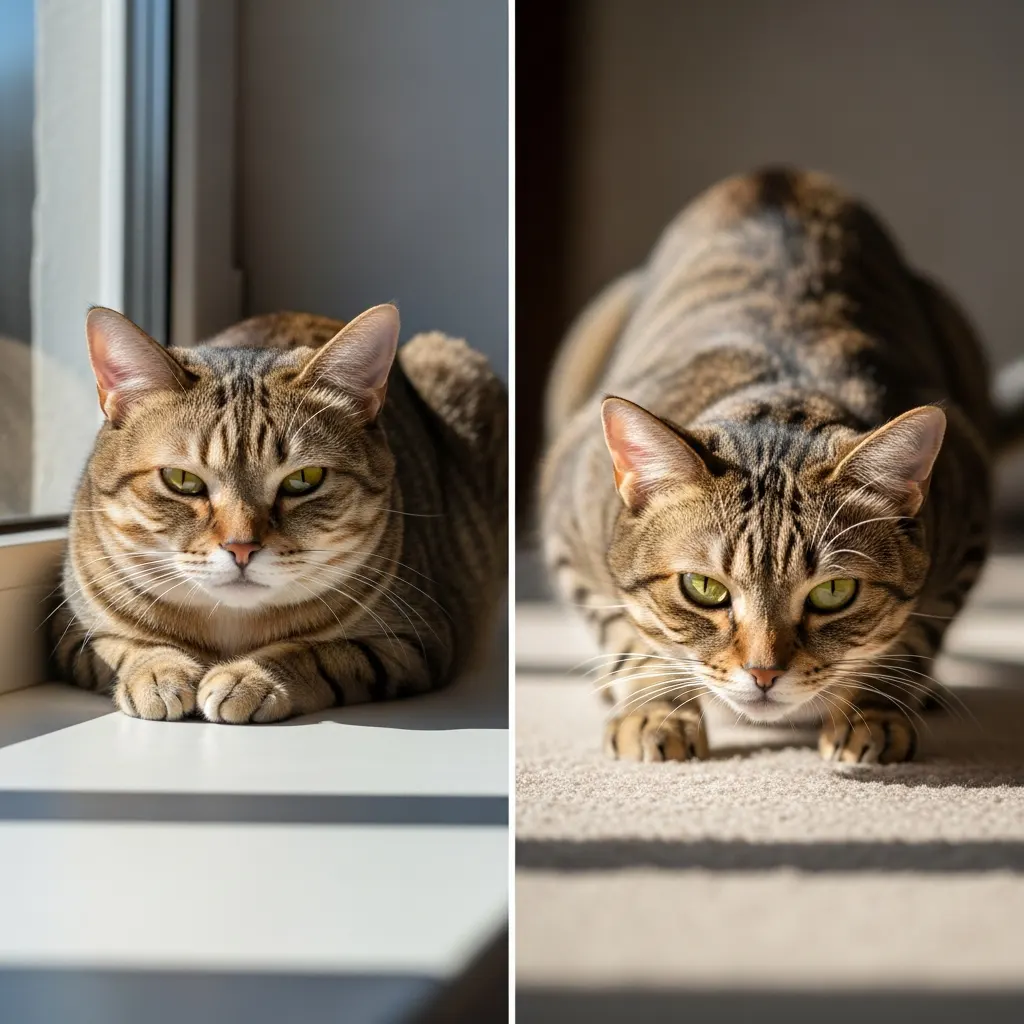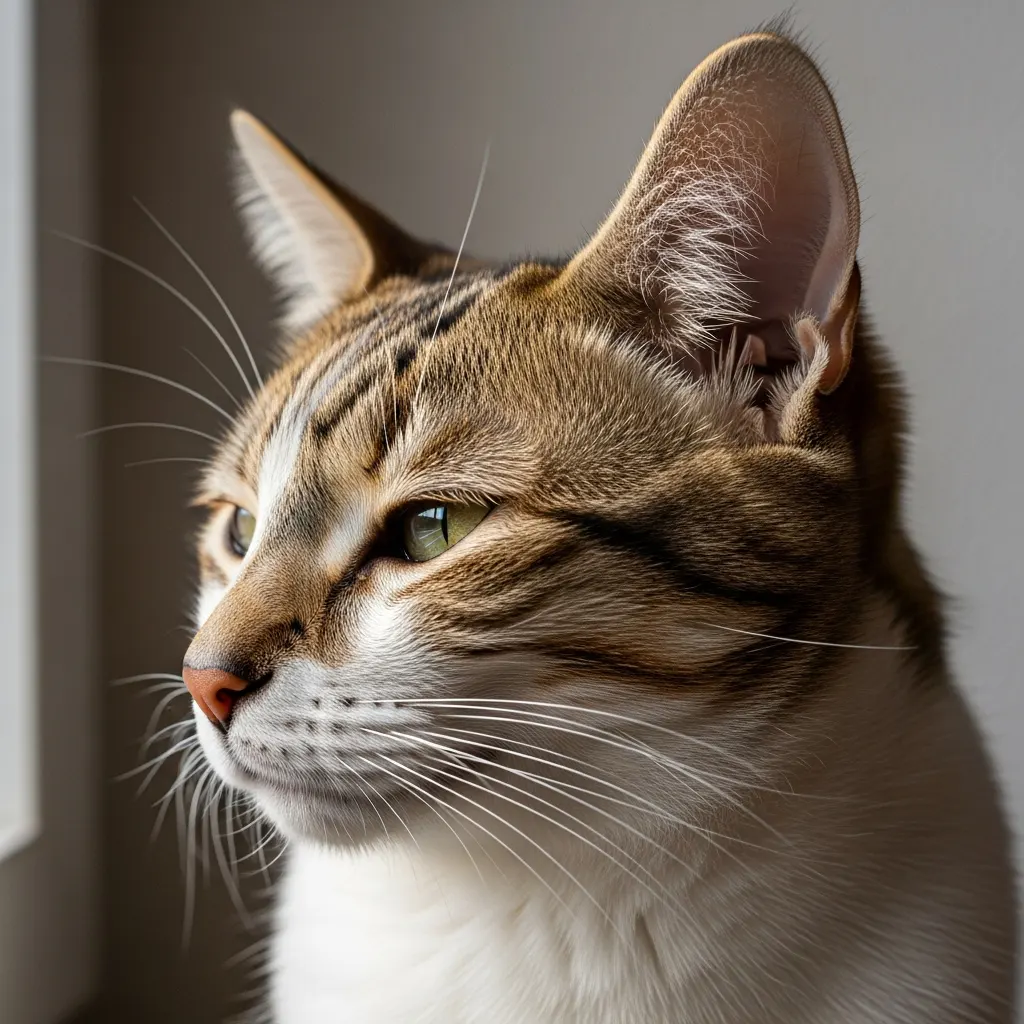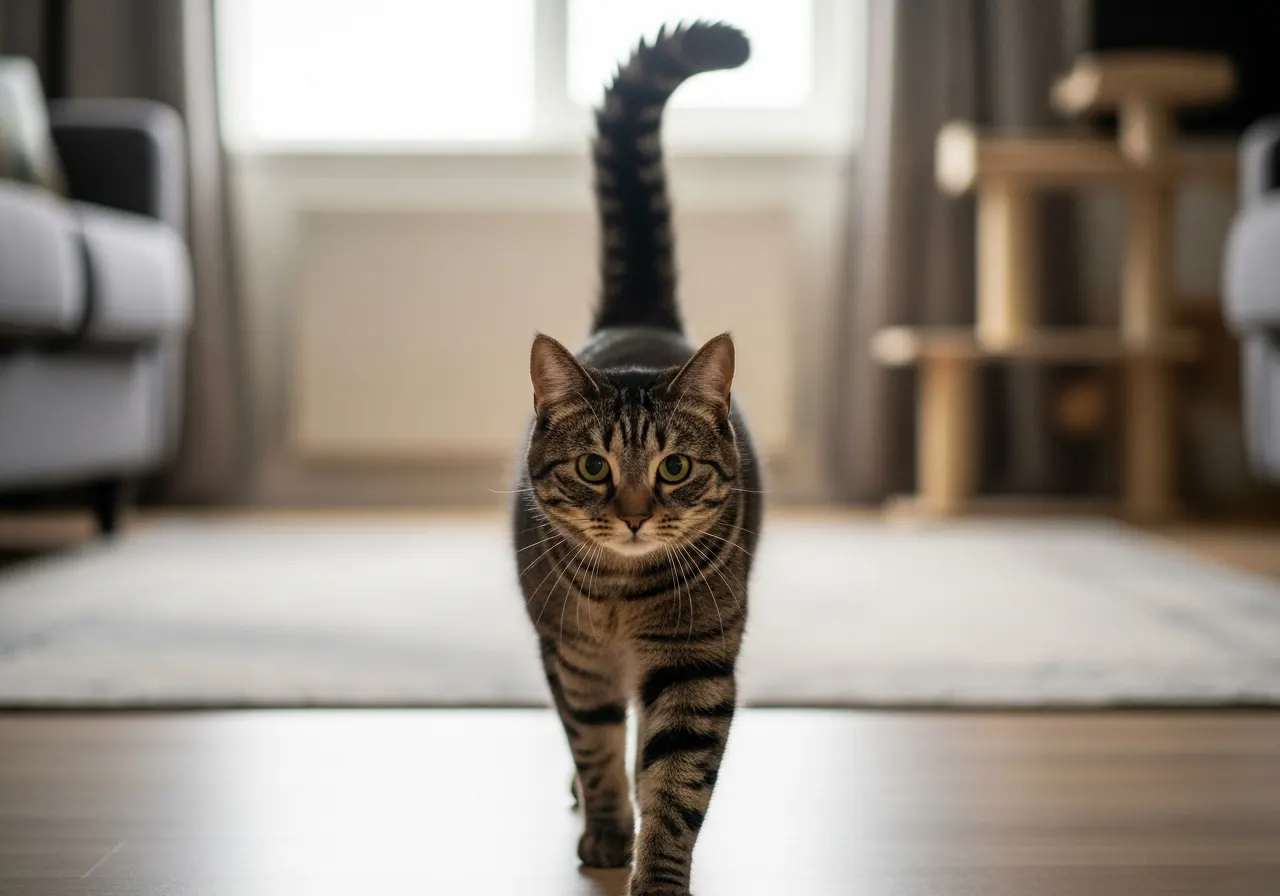Discover how to read and interpret your feline friend’s gestures with our “Understanding Cat Body Language” guide. Learn tail, ears, posture signals now.
Introduction
Understanding cat body language can feel like decoding a secret code—one filled with flicking tails, twitching whiskers, and sideways glances. As devoted cat parents, we yearn to know what our furry companions are thinking and feeling. Whether it’s a gentle head bump at dawn or a sudden hiss in the afternoon, every gesture carries meaning. In this guide, you’ll learn practical, real‑life tips on how to read cat body language, deepen your bond, and step into your cat’s world with confidence and empathy. Let’s embark on this journey together and transform those mysterious meows and movements into clear, heartwarming conversations.
Why Understanding Cat Body Language Matters
Cats can’t tell us when they’re anxious, happy, or hungry—instead, they speak through posture, facial expressions, and movement. By honing your skills in understanding cat body language, you can:
- Prevent misunderstandings that lead to scratches or bites
- Reduce stress by recognizing fear or discomfort early
- Strengthen your bond through clear, compassionate communication
For example, a cat crouched low with ears flattened may be fearful of a new visitor, whereas a kitty sitting tall with a high tail is likely confident and ready to play. When you tune in to these signals, you become a true feline whisperer.

Decoding Your Cat’s Tail Signals
Your cat’s tail is one of the most expressive parts of their body. Here’s how to interpret common tail positions:
Tail Held High
- Meaning: Confidence, happiness, or greeting
- Scenario: Your cat greets you at the door with a straight-up tail—it’s their way of saying “Welcome back!”
Tail Flicks and Lashes
- Meaning: Mild irritation or focused attention
- Scenario: While watching birds through the window, your cat’s tail flicks in rapid short movements—respect their hunting focus and avoid startling them.
Puffed-Up Tail
- Meaning: Fear or aggression
- Scenario: A sudden thunderclap sends your cat’s tail fluffed like a bottle brush. Give them space and a safe hiding spot until they calm down.

Reading Posture and Sitting Positions
How your cat holds its body and chooses to sit can reveal volumes about their comfort level.
- Loaf Position: Paws tucked under—relaxed and cozy.
- Crouching Low: Readiness to pounce or potential fear—watch for accompanying ear positions.
- Sideways Sitting: Defensive posture—approach slowly and speak softly.
Real‑Life Tip: If your cat sits sideways near a mysterious box, they might be on high alert—inspect the box for novelty before petting.
What Ears and Eyes Reveal
Your cat’s ears and eyes are subtle windows into their mood.
Ear Positions
- Forward and Alert: Curious, attentive.
- Flattened or Swiveled Back: Fear, anger, or pain—back off slowly.
Slow Blinks and Eye Contact
- Slow Blinks (“Cat Kisses”): Trust and affection—try slow‑blinking back to say “I love you.”
- Dilated Pupils: Excitement, fear, or low light—context matters (playtime vs. a dark room).

Signs in Lying Down and Relaxation Indicators
When cats lie down, they’re showing vulnerability—so how they do it is key:
- On Their Side: Deep relaxation—your cat feels very safe.
- Belly Exposed: Ultimate trust—only approach gently if they invite belly rubs.
- Sprawled Out: Cooling off or completely at ease.
Scenario: After a sunbeam nap, your cat sprawls on their side across the carpet—seize the moment for gentle ear scratches!
Understanding Cat Body Language with Other Cats
Cats have their own social etiquette. Observe:
- Tail Circles: Friendly greeting among housemates.
- Sideways Hisses and Raises: Territorial warnings—separate them calmly.
- Parallel Tail Wagging: Mutual interest or play invitation.
If you’re introducing a new kitty, check out How to Introduce a New Cat to Your Home for step-by-step guidance.
Cat Body Language Explained for Humans
Translating feline signals into human understanding brings clarity to your interactions:
- Map Movements to Emotions: A slow‑pacing cat with a low tail often indicates stress—adjust the environment (add hiding spots, pheromone diffusers).
- Use a Cat Body Language Guide: Print a simple chart and tack it near your feeding station to reinforce your learning.
- Practice Empathy: Before reacting, pause and imagine how overwhelming the noise or lighting might be for a whisker‑sensitive friend.
Practical Tips: How to Read Cat Body Language Daily
Implement these easy habits:
- Morning Check‑In: Observe your cat for one minute before breakfast—note tail, ear, and posture.
- Interactive Play Cues: During play, watch for overstimulation signs (tail lash, flattened ears) and pause to let them reset.
- Journaling: Keep a simple log of behaviors and contexts—for instance, your cat’s “zoomies” tend to happen right after you vacuum.
For more on enrichment, see Top 10 Enrichment Toys for Cats.
Using a Cat Body Language Chart
A cat body language chart organizes key signals at a glance. Your chart might include columns for:
| Signal | Meaning | Action for Owner |
|---|---|---|
| Tail High | Confidence | Praise and gentle pets |
| Ears Flattened | Fear/Anger | Give space, calm voice |
| Slow Blink | Affection | Slow blink back |
Pro Tip: Laminate your chart and keep it near your work desk—reference it whenever you need a quick refresher.
Conclusion
Mastering cat body language opens the door to a deeper, more rewarding relationship with your feline friend. From tail signals to ear twitches, each gesture is an invitation to connect, empathize, and respond with care. Next time your kitty slow‑blinks or curls into a loaf, you’ll know exactly what they’re saying. We’d love to hear about your own discoveries—drop a comment below, share a photo of your cat’s funniest posture, and explore more tips on our blog. Here’s to many purr‑filled conversations ahead!




